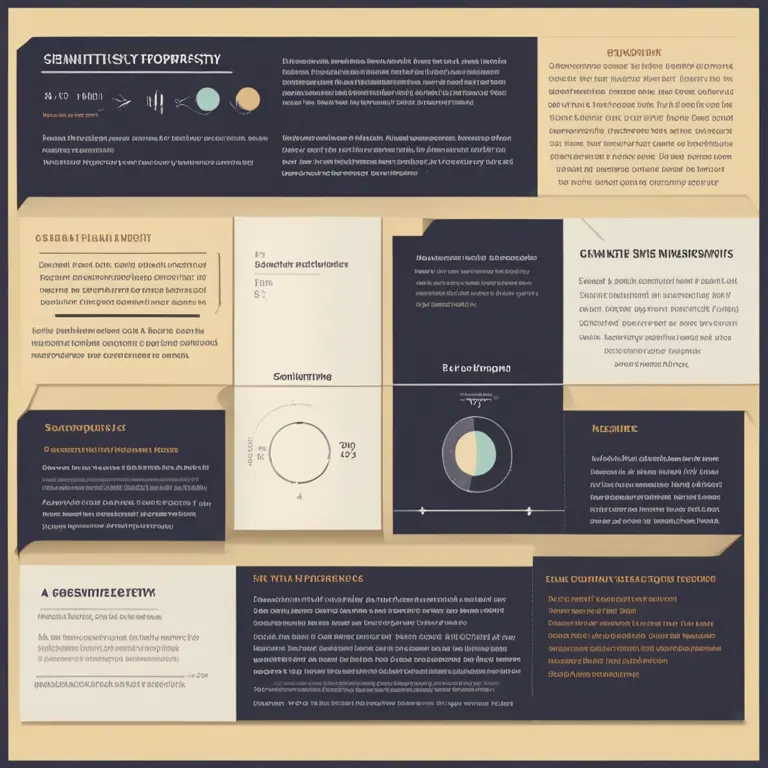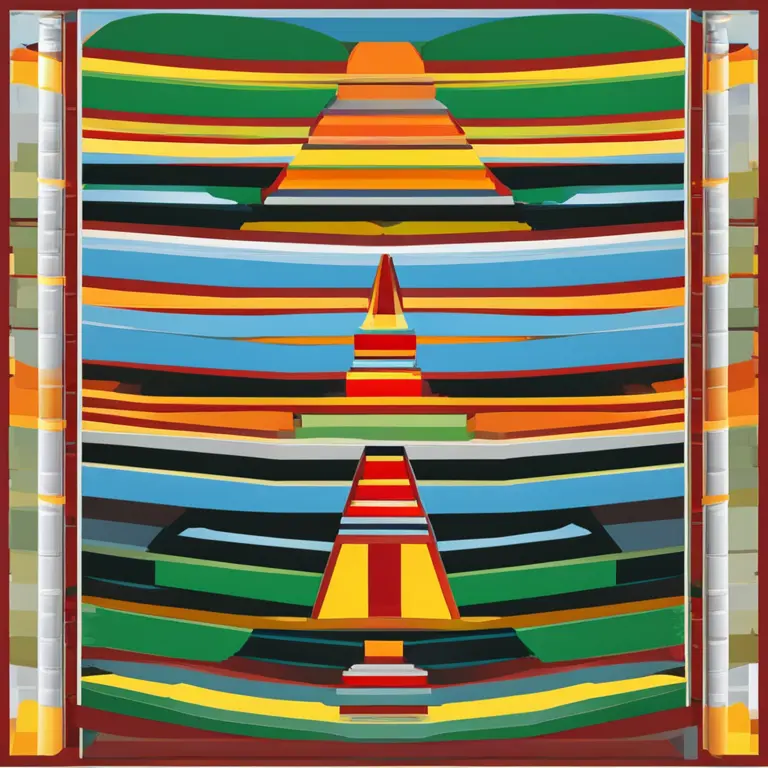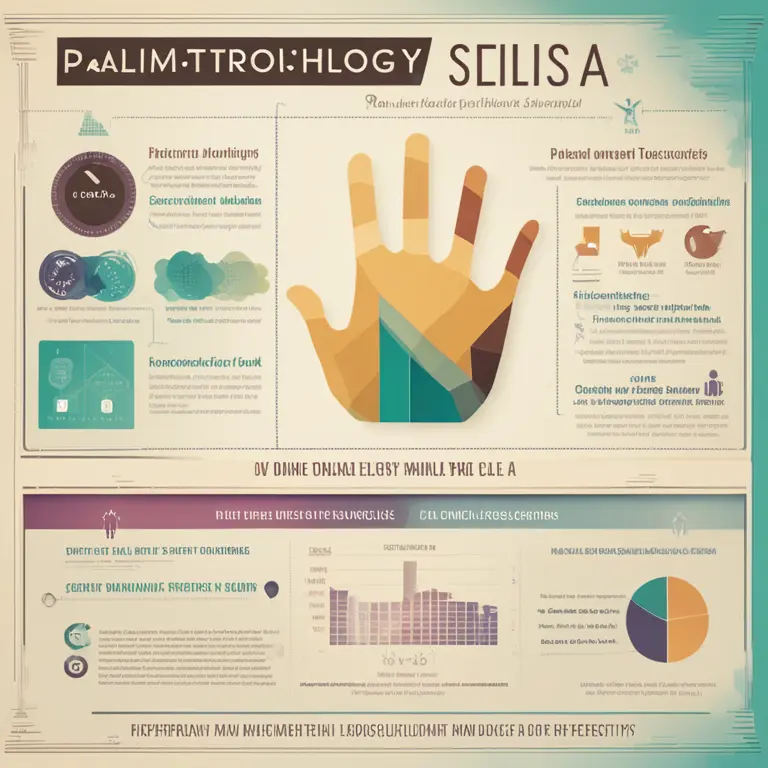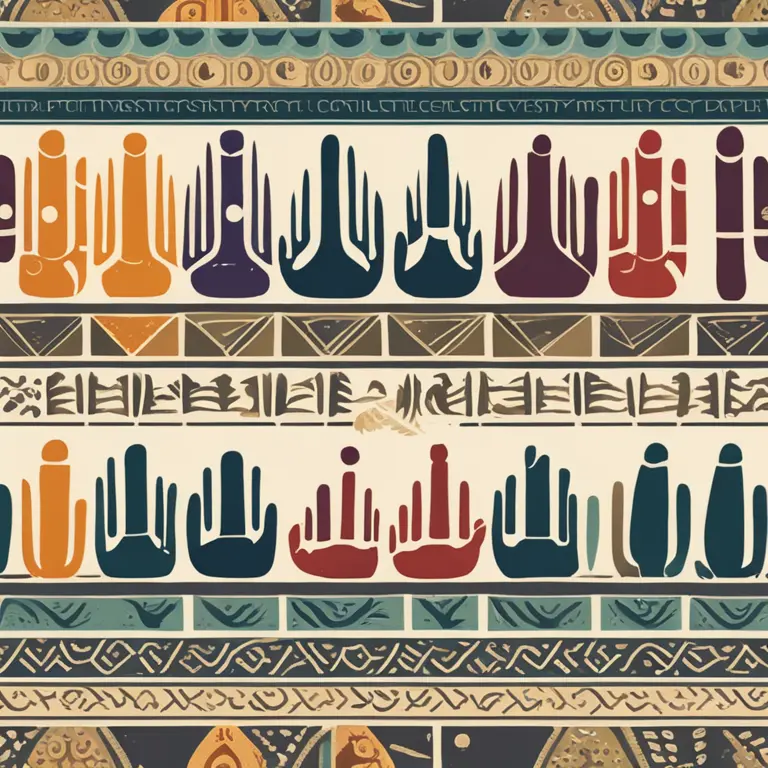
The Intricacies of Palmistry: A Scientific Perspective
Delving into the practice of palmistry, this article examines its historical roots and the ongoing debate regarding its scientific merit.
article by Nora Pennington
Origins and Evolution of Palmistry
Palmistry, also known as chiromancy, has intrigued humans for millennia, tracing its origins to ancient cultural practices. Rooted in the mystical traditions of India, China, and Egypt, it subsequently spread to Greece and Europe, becoming a respected method to infer personality traits and predict future events. Over the centuries, palmistry has evolved, encapsulating a mix of astrological beliefs and empirical observations. Despite its rich history, palmistry's journey has been one of controversy, with many challenging its claim to scientific legitimacy.

Palmistry's Scientific Question
The primary debate surrounding palmistry's scientific basis lies in its methodological approach. Unlike empirical sciences, palmistry has not been consistently reproducible in controlled studies. Critics argue that it lacks the evidence to substantiate its claims, pointing to the Forer effect — a psychological phenomenon where individuals believe vague, general statements to be highly accurate for them personally. Proponents, however, posit that there are aspects of palmistry that intersect with genetic and psychological conditions, observable in the lines and features of the hands.

Lines, Mounts, and Forms
Practitioners of palmistry focus on various lines, mounts, and forms in the hand. The heart line, head line, and life line are the most renowned, each reputed to offer insights into love, intellect, and life path respectively. Tasks like digital dermatoglyphics have found statistical correlations in fingerprint patterns and genetic disorders, lending a degree of credence to the field. Yet, without consensus on interpretative methods, the line between art and science in palmistry remains blurred.

Modern Palmistry Practices
In today's digital age, palmistry has seen a resurgence, aided by technology. Apps and online platforms offer palm readings using image recognition and artificial intelligence. These programs claim to give more standardized interpretations by minimizing human bias. However, the authenticity and accuracy of such services are under scrutiny, as they may further muddle the essence of traditional palmistry, already struggling with scientific recognition.

Educational Framework and Professional Standards
Efforts to establish palmistry as a reputable practice include formal training programs and certification processes. Some institutions and organizations aim to standardize the practice by providing courses that delve into the esoteric and psychological aspects, intertwining them with a structured curriculum. Establishing a professional code of ethics and conduct is similarly crucial in distinguishing earnest practitioners from those exploiting it for entertainment or deception.
The Future of Palmistry and Scientific Inquiry
As the dialogue between the spiritual and scientific communities continues, future research may offer more concrete insights into palmistry's reliability and efficacy. Advanced imaging techniques and deeper studies into human physiology could pave the way for a more nuanced understanding of the connections between hand features and personal attributes. Whether palmistry will ever settle firmly in the realm of science is uncertain, but there is no doubt that it remains a compelling subject with a steadfast following.
Published: 2/1/2024
Modified: 2/1/2024
More predictions
Come back here soon to learn more about yourself and your future


An Introduction to Palmistry: Insights from Your Hands
Discover the art of palm reading and how the lines and shapes of your hands can reveal personal insights and future possibilities.


The Palmistry Guide to Your Success Line
Discover the insights your palms hold about your path to success and how palmistry can reveal your potential for prosperity and achievement.


The Art of Palmistry: A Beginner's Guide
Delve into the basics of palmistry and learn how the lines on your hands can reveal insights about your life and personality in this concise guide.